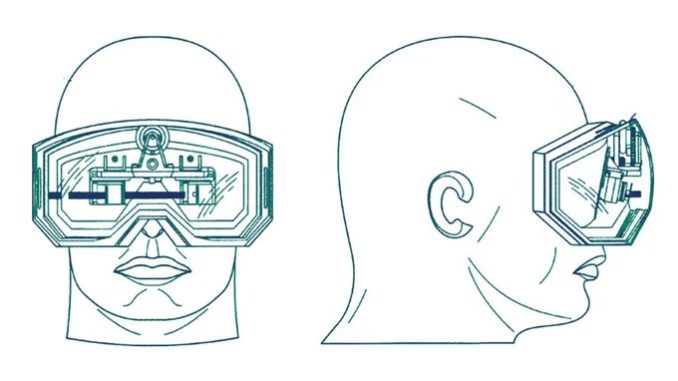
By all reports, Apple is determined to follow Meta with a mixed reality (MR) headset with camera passthrough, starting at about $3,000 in 2023, and potentially going down to a cheaper version for $1,500 in 2024 or 2025. Despite the market for VR having a significant number of dedicated followers, it is still small compared to the smartphone market and primarily serves teenagers, young adults, and mostly males. For the sake of consistency, I will use the term MR here throughout my article, but it could equally apply if I was using optical AR, VR, or XR (either optical or camera passthrough).
Maybe, Apple sees its headset as a stepping stone to a new paradigm in the way people use computers, but I would argue that it is a market driven by fear of missing out (FOMO) since the introduction of Google Glass in 2012. Google invested $500 million (in 2014) on Magic Leap (first shipped in 2018), and a series of investors followed, which led to industry hype including Microsoft Hololens in 2016, that augmented reality was the next big thing after mobile phones. Here we are today with Apple’s CEO, Tim Cook, enthusiastically endorsing the company’s investments in MR technology as a game changer.
As a technology enthusiast, I have been following the rumors about Apple’s plans for its own device. The company seems to be under pressure to not appear outdated in this field, and I continue to question their depth of conviction. In contrast, at Meta, Mark Zuckerburg seems to be the lead evangelist of their MR efforts. While Apple has the resources to cover its bets just in case Meta is right, neither Meta nor Apple’s money can buy different physics or make them immune to multiple major MR human factor issues.
